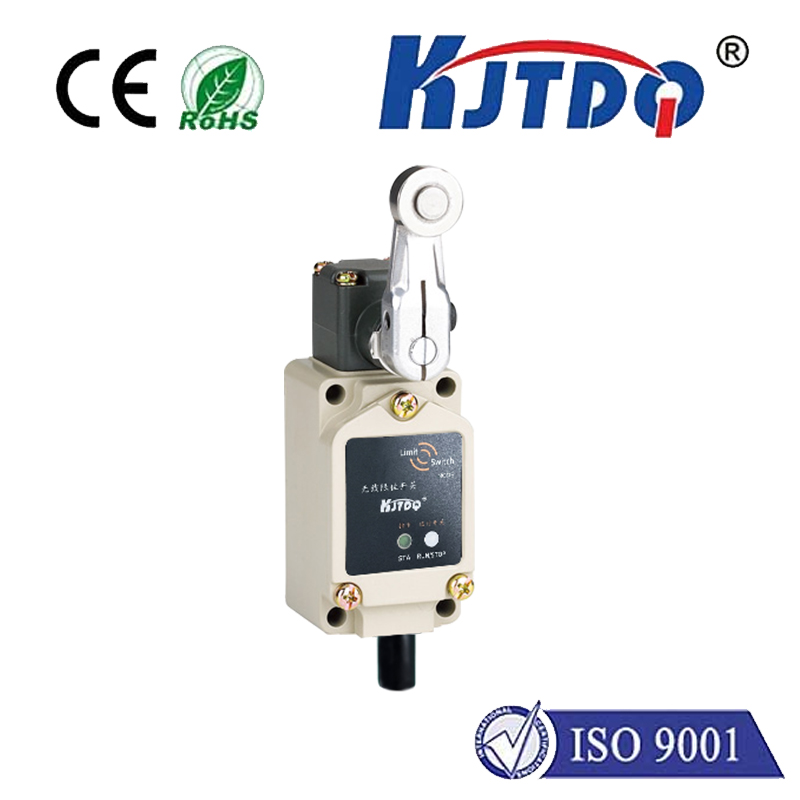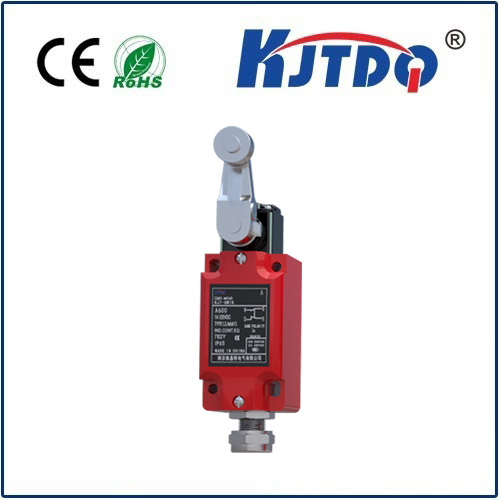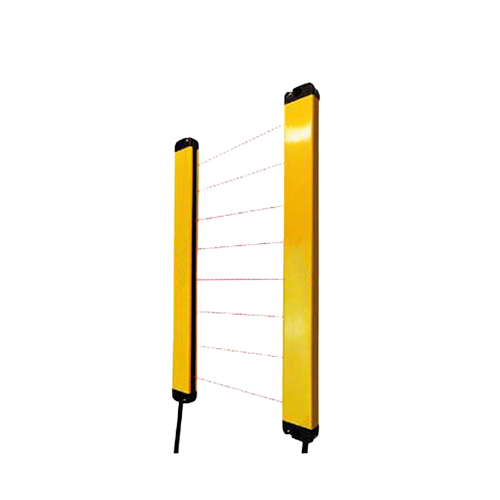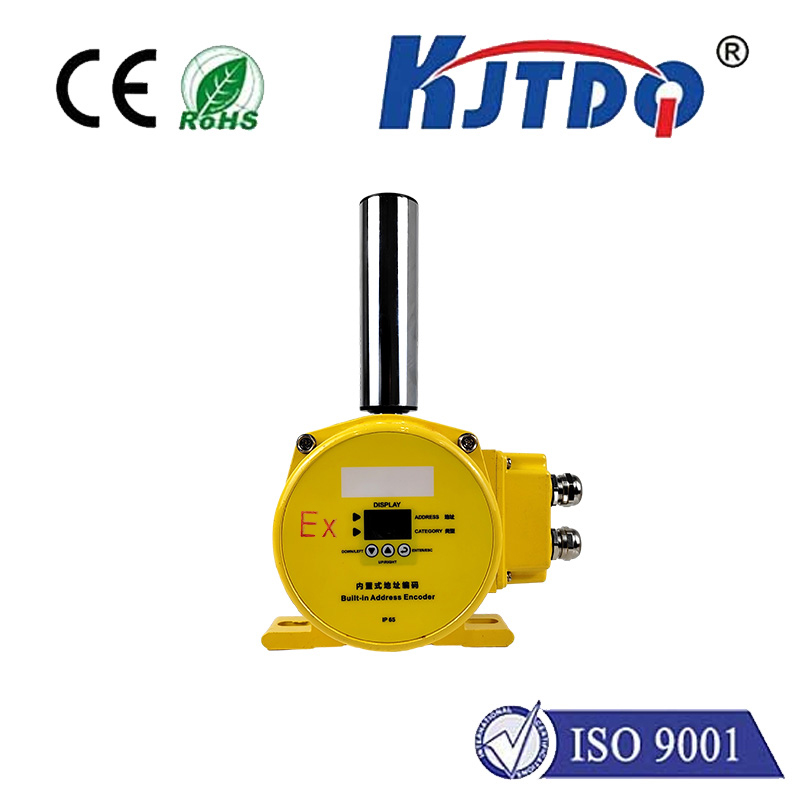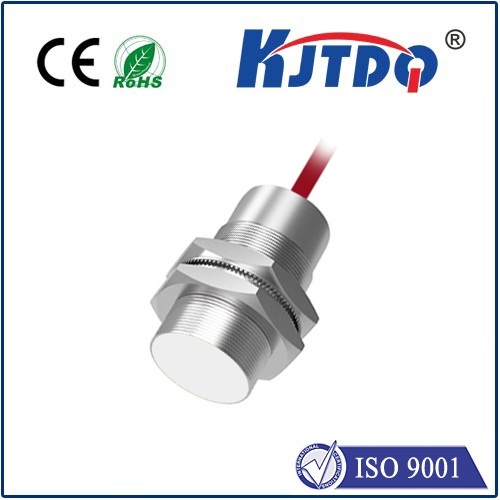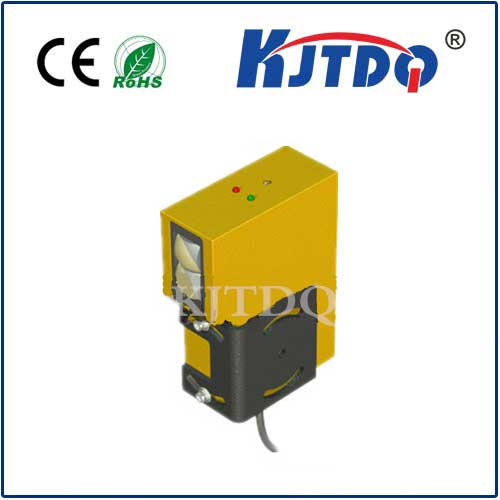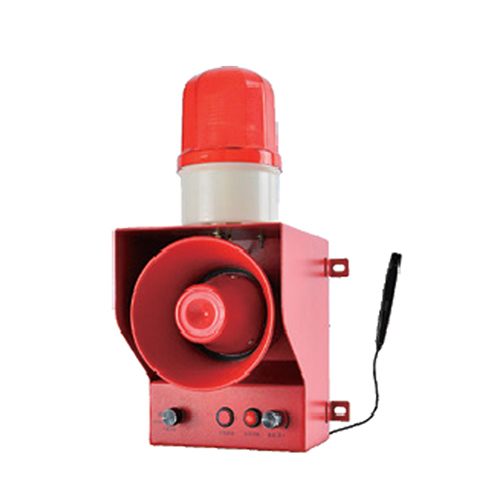Датчик приближения для измерения скорости
- time:2025-06-26 02:48:40
- Нажмите:0
How Proximity Sensors Revolutionize Speed Measurement
How often do we rely on knowing the precise speed of an object – a rotating shaft, a conveyor belt, or a passing vehicle – without physically contacting it? This fundamental need in countless industrial and mechanical processes finds an elegant solution in proximity sensors. While primarily known for detecting the presence or absence of objects, these versatile devices are uniquely capable of performing highly accurate non-contact speed measurement. Let’s delve into how proximity sensors serve as powerful tools for monitoring rotational and linear velocity.
Understanding Proximity Sensors: The Foundation
At their core, proximity sensors detect the approach or presence of nearby objects without physical contact. They achieve this by generating an electromagnetic field or beam. The interaction between this field and a target object causes a measurable change within the sensor (e.g., oscillation damping, capacitance shift, light reflection intensity). This change is converted into an electrical signal output. Common types include:
- Inductive Proximity Sensors: Detect metallic (ferrous and non-ferrous) targets via changes in an electromagnetic field. Highly robust and widely used in industrial settings.
- Capacitive Proximity Sensors: Detect both metallic and non-metallic targets (plastics, liquids, granular materials) by sensing changes in capacitance.
- Ultrasonic Proximity Sensors: Emit high-frequency sound waves and measure the time taken for an echo to return, detecting objects based on distance.
- Photoelectric (Optical) Proximity Sensors: Use a light emitter (LED, laser) and receiver to detect targets based on the interruption or reflection of the light beam.
Inductive and photoelectric sensors are particularly prevalent in speed measurement applications due to their fast response times, reliability, and suitability for detecting standard target features like gear teeth or encoder marks.
The Mechanics of Speed Measurement with Proximity Sensors
Proximity sensors measure speed by effectively counting events over time. Here’s the breakdown of the core principle:

- Target Preparation: A target object is modified to create detectable features at regular intervals. Common examples include:
- A gear mounted on a rotating shaft (each tooth is a detectable feature).
- Keyways or holes drilled into a shaft.
- Spokes on a wheel.
- Reflective or contrasting marks on a conveyor belt or moving surface.
- Studs or bolts on a rotating assembly.
Sensor Positioning: The датчик приближения is mounted precisely to detect each passing feature as the object moves. For inductive sensors, the target features must be metallic. For photoelectric sensors, the marks need sufficient contrast or reflective properties.
Signal Generation: As each target feature (tooth, hole, mark) passes the sensor, it triggers a distinct output signal pulse. A gear tooth passing an inductive sensor causes a fluctuation in the electromagnetic field, generating a pulse. A dark mark passing a photoelectric sensor interrupts the light beam, also generating a pulse.
Pulse Counting and Frequency Analysis: The heart of speed measurement lies in processing these pulses. Electronics (often built into the sensor’s amplifier or an external controller like a PLC) count the number of pulses occurring within a precisely defined time interval. Since the distance between features (e.g., tooth spacing on a gear) is fixed and known, the speed can be calculated using the fundamental relationship:
Speed = (Number of Pulses per Time Period / Number of Features per Revolution) * Conversion Factor
For rotational speed (RPM), the conversion factor relates to revolutions per unit time. For linear speed, the known feature spacing (e.g., millimeters per mark) and the pulse count within a set time directly yield velocity (e.g., meters per second).
Crucially, the Частота of the pulse train itself is directly proportional to the speed. Measuring the time between consecutive pulses provides the period, whose inverse gives the frequency, leading directly to the speed calculation.
Why Choose Proximity Sensors for Speed Measurement?
Compared to direct-contact methods like tachometers or complex optical systems, proximity sensors offer compelling advantages:
- Non-Contact Operation: Eliminates wear and tear, slip, friction, and potential damage to either the sensor or the measured object. This is vital for delicate machinery or high-speed applications.
- High Reliability and Durability: Especially индукционный датчик are renowned for their robustness, handling harsh industrial environments (dirt, dust, grease, moisture, vibration) with ease. They require minimal maintenance.
- Excellent Accuracy and Resolution: Capable of very high-resolution measurements, especially important for detecting slight speed variations or providing precise feedback for control systems. The achievable resolution depends on the number of target features and the sensor’s switching frequency.
- Wide Applicability: Suitable for measuring both rotational and linear speed across diverse materials and environments (depending on sensor type).
- Fast Response Times: Capable of detecting rapid changes in speed, making them ideal for dynamic systems and safety-critical monitoring.
- Simplicity and Cost-Effectiveness: Often a simpler and more economical solution compared to dedicated speed sensors or complex encoder systems, especially where basic speed monitoring suffices.
Practical Applications: Where Speed Measurement Matters
The combination of non-contact operation and robust performance makes proximity sensors indispensable for speed measurement in numerous scenarios:
- Промышленное оборудование: Monitoring motor shafts, gearboxes, pumps, fans, conveyor belts (measuring belt speed via marked pulleys or attached targets), roller speeds in printing presses or paper mills. Ensuring synchronisation between processes often relies on precise speed feedback.
- Automotive & Transportation: Measuring wheel speed for ABS/TCS/ESP systems (often Hall effect sensors, a proximity type), engine crankshaft/camshaft RPM (timing gears), turbine shaft speeds. Monitoring rail wheel rotation for safety diagnostics.
- Перевозка материалов: Tracking the speed of moving chains, slats on bucket elevators, or sorting systems.
- Wind Turbines: Monitoring rotational speed of blades or generators.
- Process Control: Controlling feed rates in extruders, mixers, or agitators by monitoring shaft speed.
- Tachometry: Creating robust, on-machine tachometers for operator feedback or maintenance diagnostics.
Important Considerations for Implementation
While highly effective, successful speed measurement with proximity sensors requires careful attention:
- Target Design: The size, shape, material, and spacing of target features significantly impact signal strength and reliability. Features must be distinct enough to generate clean pulses. Closely spaced features require sensors with high switching frequencies.
- Sensor Selection: Choosing the right sensor type (inductive, photoelectric) based on target material, required sensing distance, environmental conditions (temperature, contaminants), and necessary switching frequency is critical.
- Mounting Precision: Consistent distance (within the sensor’s operating range) and alignment between the sensor and the target path are essential for stable signal generation.
- Signal Processing: Robust electronics are needed to count pulses accurately over defined time windows or measure pulse frequencies precisely, especially in noisy electrical environments. Filtering may be necessary to prevent false triggers.
Proximity sensors transform the abstract concept of motion into quantifiable, reliable data. By leveraging their inherent ability to detect discrete events through non-contact interaction, they provide a remarkably practical, durable, and accurate solution for speed measurement challenges across countless industries. From ensuring the smooth operation of a massive conveyor system to safeguarding vehicle stability through wheel speed monitoring, this technology quietly underpins the precision and safety of

